tóng
child
Original meaning:
male criminal
Depicts a tool (辛) piercing through a person's eye (目). This was usually given as punishment to criminals. 東 was added later to represent the sound. Based on the original meaning "male criminal". The meaning later shifted to "boy servant" (now written as 僮) and "child".
Components
Evolution

Oracle script
(~1250-1000 BC)
Bronze script
Mid Western Zhou (~900 BC)
Seal script
Shuowen (~100 AD)
Clerical script
Eastern Han dynasty (25-220 AD)Regular script
ModernMost common words with 童
Freq. | Word | Meaning |
|---|---|---|
child | ||
child | ||
childhood | ||
children's fairy tales | ||
child soldiers |
Sources
季旭昇《說文新證》p.166
陳靖《兩周古文字編注》p.855
